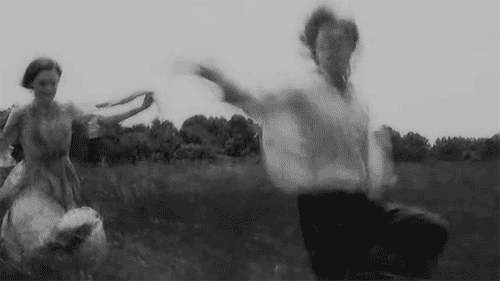
Historical & Social Context
“No connection, you would agree. But things can come together in strange ways"
Tuck Everlasting, Natalie Babbitt, 1975, p. 4



Tuck Everlasting by Natalie Babbitt takes place in 1881 and follows the story of Winnie Foster and the Tuck family. The story presents readers with the notion that “They are not going to live forever….Whether the thought is prompted by the death of a beloved pet or of a relative or friend” (Mitchell, 2004, p. 8). Babbitt wanted to write a story “About death—or in this case, life without death and its implications” (Mitchell, 2004, p. 8). She was inspired to write it after a conversation with her young daughter about death (http://www.npr.org/). Babbitt said, “ One day she [her daughter] had trouble sleeping, woke up crying from a nap. And we looked into it together, as well as you can with a 4-year-old, and she was very scared with the idea of dying. And it seemed to me that that was the kind of thing you could be scared of for the rest of your life. And so I wanted to make sure that she would understand what it was more” (http://www.npr.org/). This incident prompted her to write a story that talked about death as a natural progression in the circle of life.
The characters throughout the Tuck Everlasting are presented with questions about morality and would you live forever if you could. This was on purpose, because the story was not necessarily about the magic of living forever, but the implications of living forever. According to Levy (1991) “In the 1960s and 1970s…An increasing number of writers for children and adolescents were producing work aligned with the new realism, dealing more or less explicitly with the social and political issues of the day” (p. 2626). Tuck Everlasting was considered fantasy, but did not carry common themes found in high fantasy books by popular authors of that time period, such as Lloyd Alexander, Alan Garner, or Ursula K. Le Guin (Levy, 1991, p. 2626). The book according to Burns (1976) was “Fantasy written in flowing, natural style…deftly constructed, firmly based on a realistic foundation, and strong in dialogue and character establishment” (p. 90). Tuck Everlasting felt more realistic as it questioned societal values about love, life, and mortality. The book reads similar to contemporary or realistic book of its time. Everything from the 1881 setting, to the clothes, and conversations are presented as realistic to the time period. Winnie wears boots, stockings and dresses. While other characters like Jesse wear simple white shirts and brown pants. The book talks about the Tuck family driving a horse pulled wooden wagon and the Foster family even lives in a cottage in the woods. All of these elements and characters provide a visual for the people and the small rural town of Treegap, New Hampshire in 1881.
Tuck Everlasting is a book that children today can still find value and meaning in. The story captures “What it felt like to be a child” and to feel stuck in a world created by adults (Babbitt, 1993, p. 284). The story isn’t about the adults questioning mortality, but rather it is about the children in the story asking those questions. Tuck Everlasting “Addresses the rather weighty themes of life and death and examines the purpose of human existence” (Tunnell, 1987, p. 509) through they eyes of ten year old Winnie Foster. According to Tunnell (1987) the book contains “Something special for everyone” (p. 510). “Eight-year-olds are deeply intrigued by the carefully foreshadowed plot” and “Twelve-year-olds identify with Winnie's rites of passage” (Tunnell, 1987, p. 510). Even 15 years olds enjoy the book and “Experience strange inner stirrings that are evoked by Winnie's final and, perhaps, most difficult decision. Though Winnie and Jesse, the youngest of the Tucks, are by no means star-crossed lovers, they still play out a semitragic relationship” (Tunnell, 1987, p. 510). Even adult readers, like myself enjoy this book and the world Babbitt has carefully crafted and created. Tuck Everlasting takes readers on a journey that requires them think about their life choices and how they would act when faced with adversity.

